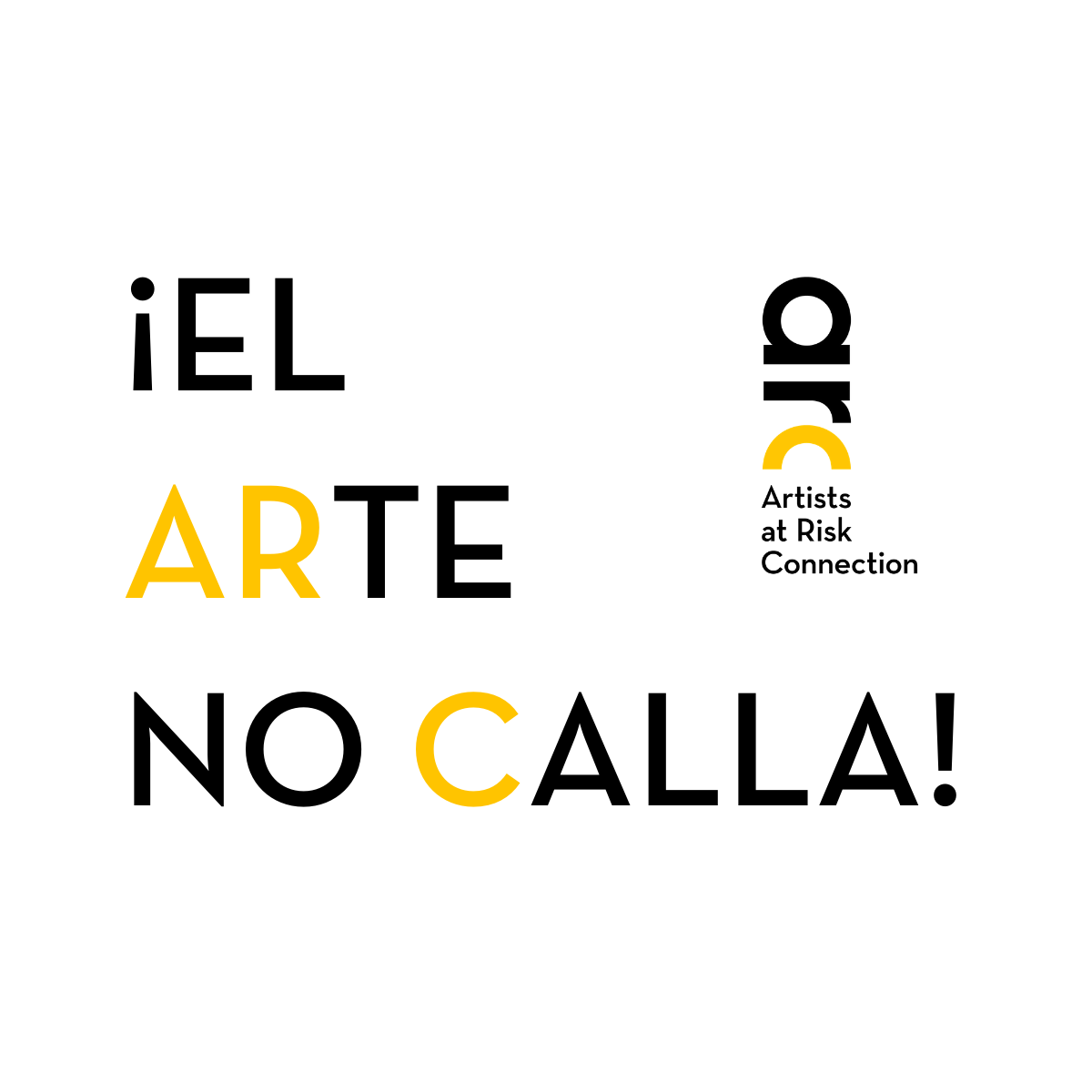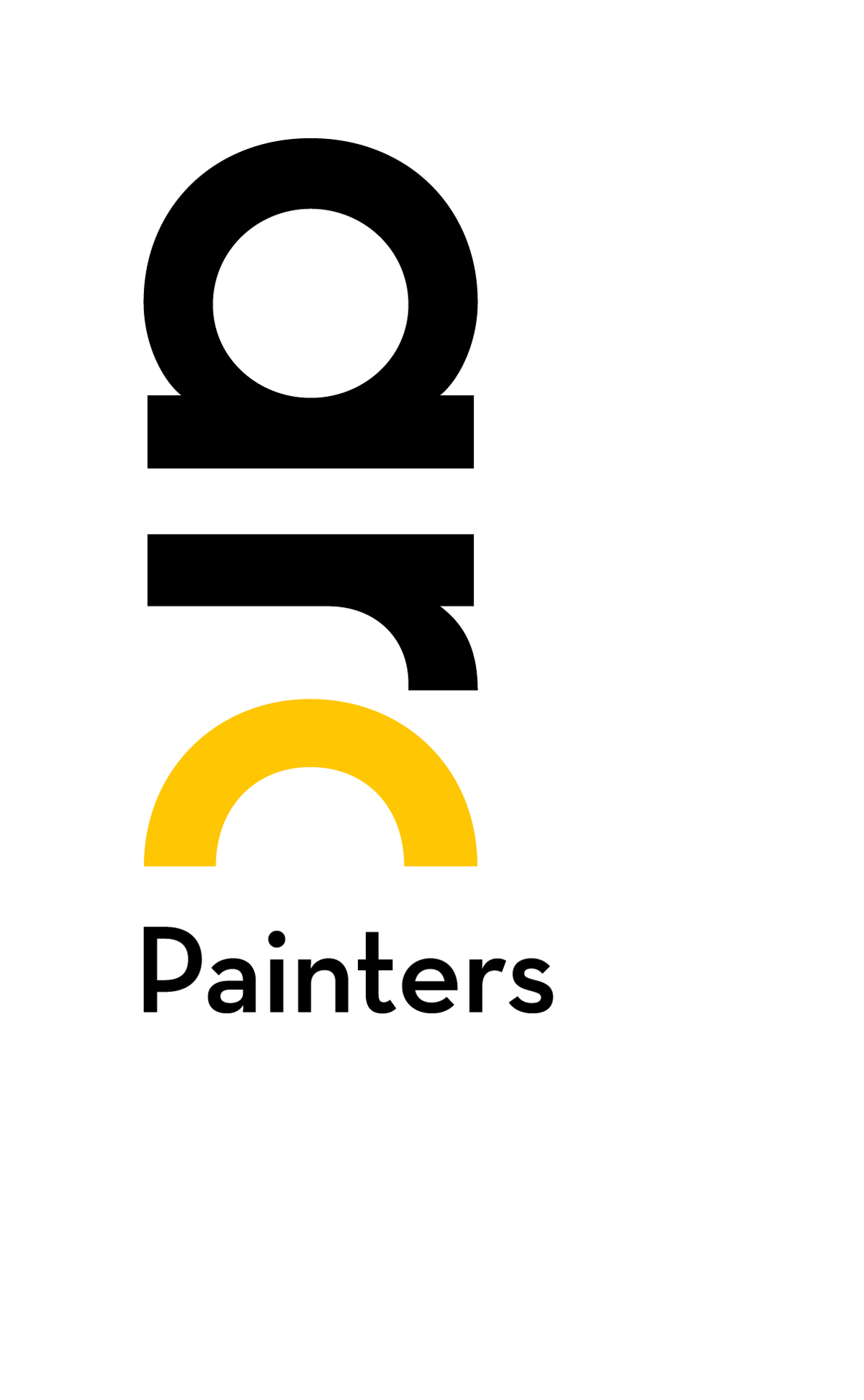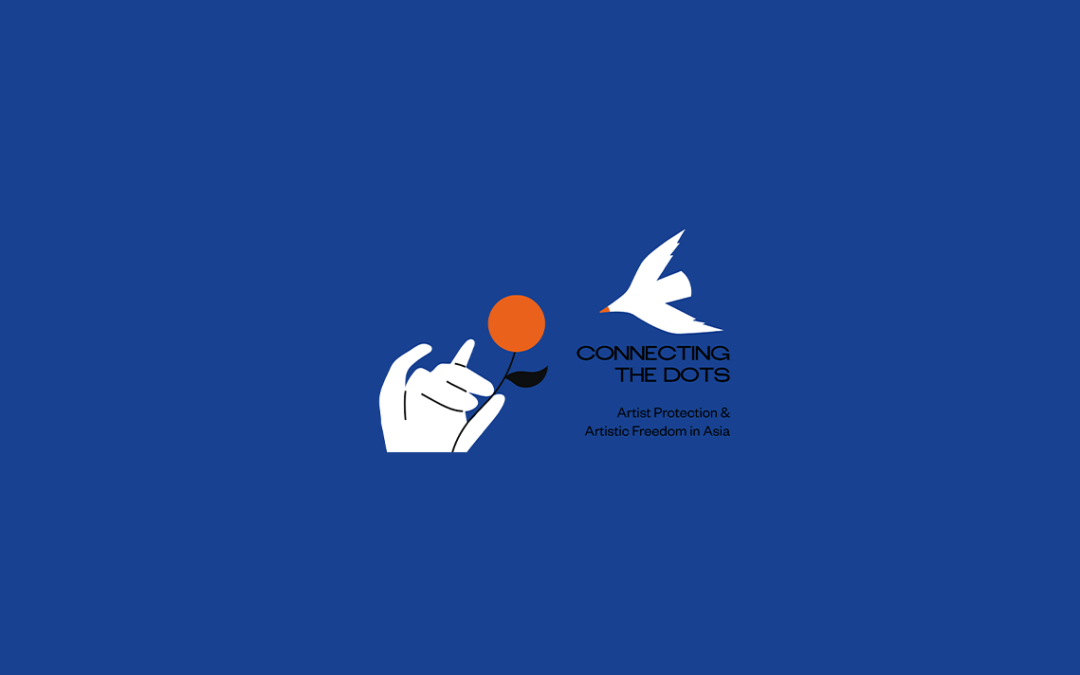Connecting the Dots: Artist Protection & Artistic Freedom in Asia

Threats against free expression and artistic freedom in Asia continue to rise, with artists finding themselves increasingly vulnerable to violent attacks, censorship, and persecution. Artists throughout the region have been particularly impacted by a recent spate of legislative efforts that seek to encroach on digital security rights, curb “fake news,” and suppress criticism against the government or ruling party in the state.
In light of these concerning developments, PEN America’s Artists at Risk Connection is releasing Connecting the Dots: Artist Protection & Artistic Freedom in Asia, a new report that illuminates the challenges to artistic freedom that artists in the region face. Based on a closed workshop conducted in November 2021, the report was produced in partnership with the Mekong Cultural Hub (MCH) and the Asian Forum for Human Rights and Development (FORUM-ASIA).
Throughout the report, artists and creative practitioners from across South, Southeast, East, and Central Asia express their growing anxieties around stringent security laws, the dwindling number of unencumbered spaces for free expression, and the impact of emerging authoritarian measures to crack down on artistic production and criminalize free expression.
With 25 participants from 19 countries, the workshop sought to explore the value of art in contemporary times; the myriad forms of censorship artists face; and the relationship between art, artistic freedom, and technology. Connecting the Dots presents the discussion and key findings from this workshop, offering a unique, on-the-ground perspective from main players in the artistic freedom field in Asia.
Key findings include:
- As threats to artistic freedom in Asia intensify, it is critical for artists to develop self-care protocols and build strong relationships with allies to navigate the mental and emotional toll of risk and build access to support mechanisms.
- Because perceptions diverge over what artistic freedom means and how Asian artists and cultural practitioners experience it due to cultural and political differences among countries, it is important to develop a shared definition, to articulate common values, to account for varied experiences, and to encourage artists to become more involved in policy-based roles and legislation.
- Relocation mechanisms too often rely on moving artists to another part of the world rather than elsewhere in Asia. Because regional relocation is less expensive, often poses fewer logistical hurdles, and allows artists to remain in a culturally familiar environment, it should be prioritized when artists seek to relocate.
In addition, the publication offers the following recommendations to help cultural institutions, human rights partners, and civil society shape a basis for actionable steps to protect artists:
- Develop and strengthen artist-enabled networks in a manner that is sensitive to the risk and trauma they experience.
- Offer virtual mentoring sessions that address topics like financial security, digital safety, and emotional resilience.
- Create a digital toolkit for artists in remote locations, empowering them to expand their communities and use digital resources to further their reach.
- Deploy digital resources in a more concerted effort to track, map, and monitor cases of censorship.
- Rethink and reframe the definition of “artist-activist,” especially at human rights organizations, to smash stereotypes of how artists are viewed and perceived.
Connecting the Dots: Artist Protection & Artistic Freedom in Asia also builds on the findings shared in our 2020 publication, Arresting Art: Censorship, and Artistic Freedom in Asia, as well as our limited run podcast series, Creating Artistic Resilience: Voices of Asia, which featured conversations with five artist activists from Myanmar, Hong Kong, the Philippines, Malaysia, and Bangladesh. By building on the insights shared in Arresting Art and Creating Artistic Resilience, Connecting the Dots helps to highlight changes in the socio-political landscape of Asia, while also tracing the trajectory of various forms and degrees of overt and covert violence against artists.
We hope you’ll read Connecting the Dots, share our findings with your communities, and join us in calling for solidarity and a safer, more equitable environment for artists both in Asia and around the globe, free of censorship and harassment.
Published on October 12, 2022






